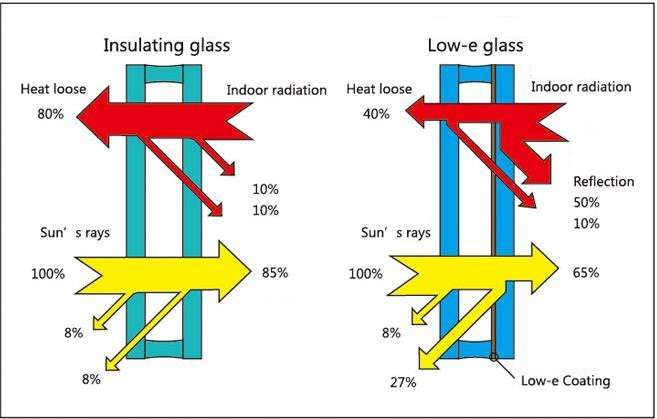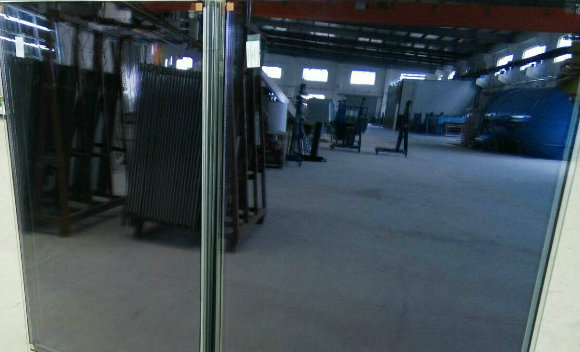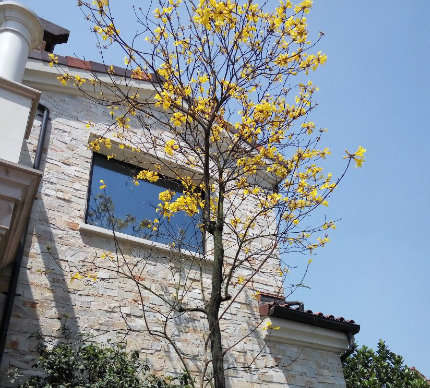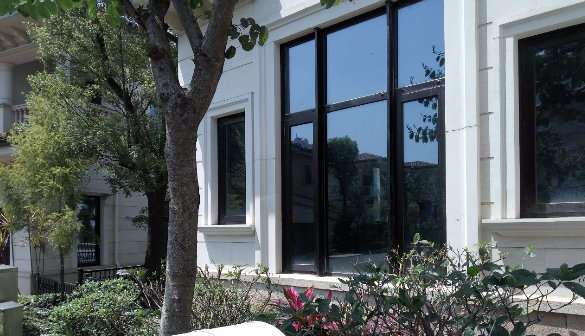Negotiable
The date of payment from buyers deliver within days
Guangdong
Long-term effective
2017-11-26 21:05
258
 Company Profile
Company Profile

By certification [File Integrity]
Contact:Miss Queen(Mr.)
Email:
Telephone:
Area:Guangdong
Address:Guangdong
Website: http://lemoglass.bathroomfriend.com/
Low-Emissivity Glass (Low-E Glass)
Eenrgy efficiency and decoration effect are the two key requirements of modern architecture for glass. Low-E coated glass(Low-E glass) is a kind of glass on which surface several layers of metals(included silver layer) or metallic compounds are sputtered. It has high visible transmission and high reflectance to infrared. Therefore,Low-E glass can supply very good heat insulating perfomance and meet the requirement of energy saving by preventing overfull solar energy coming into room during summertime and reducing indoor heat loss during wintertime. Furthermore, aviable various colors can satisfy the decration reuirement of building.
By reaonable configuring Low-E glass into IGU, it has become the best choice of modern architeture becayse of ist excellent performace on heat insulating , sound insulatingm, heat preservation and lighting.
The Vacuum sputtering process coats glass surfaces with several layers of different materials. Among these, a silver layer effectively reflects infraredrays while maintaining excellent thermal performance. Beneath the silver layer is an anti-reflective tin oxide (SnO2) base layer that increases the transparency of the glass.Above the silver layer is an isolating nickel-chromium (NiCr) alloy coating. The main function of the top anti-reflective tin oxide (SnO2) layer is to protect the other coating layers. This product offers the high transparency, low visible light reflectance, and good thermal insulating and energy-saving properties required of modern architectural glass and green building design.
Types of Product:
·Single LOW-E Glass(SLE)
·Double Low-E Glass(TDE)
·Triple Low-E Glass(TTE)
·Low-E-SUN Layer Glass (LES)
·Post-temperable Low-E(PLE)
·Post-temperable triple low-e Glass(PTE)

Benefits:
·Approaches the natural color of glass.
·Highly transparent to visible light(wavelength 380nm~780nm);will not produce significant glare problems caused by high reflectance of visible light.
·Allows most sunlight in the visible range to enter without altering its natural color.Provides excellent natural illumination and saves energy by reducing the need for artificial lighting.
·Relatively high reflectance of infrared radiation(wavelength 780nm~3,000nm).In particular,reflects nearly all long-wave infrared (wavelength greater than 3,000nm). Blocks the entrance of large amounts of heat, and leaves interior comfortably cool in summer and warm in winter.
Specification
·Thickness: 3~19mm
·Max.size: 130"x236"(3300mmx6000mm)
·Min.size: 12"x39"(305mmx991mm)
·Low-E insulating glass max.size:106"x197"(2700mmx5000mm)
Notes on Design and Glazing:
·You'd better not us Low-E glass as a single glazing and must be sealed or processed into insulating glass unit within a very short time as the metallic oxide coating is prone to undesirable reactions once exposed to air.
·The emissivity of Low-E glass is 0.02~0.11,while that of ordinary uncoated glass is 0.84.
·In tropical or subtropical areas, the Low-E coating should be positioned on #2 surface for heat insulation (facing inward from outside the building), while positioned on #3 surface for keeping interior warm in temperate areas.
·To avoid deterioration and fogging of the glass due to water accumulation, the metal holding frames must be well drained.
·Low-E Glass designed for laminated unit will be under a greater U-value and poorer thermal insulating capability.
·To identify the coating surface of Low-E glass, use a cigarette lighter to inspect the surface of the glass. Reflection of the flame on ordinary glass surface will be yellow, while pink or blue on Low-E glass surface.
Maintenance Guidelines:
·To avoid thermal fracture, do not attach insulating paper to the surface of Low-E insulating glass.
·Because of the necessity of adjusting the interior pressure when using this product at an altitude of 1,000 meters or more, please contact us to discuss the specific details of your project.
PROJECT CASE
